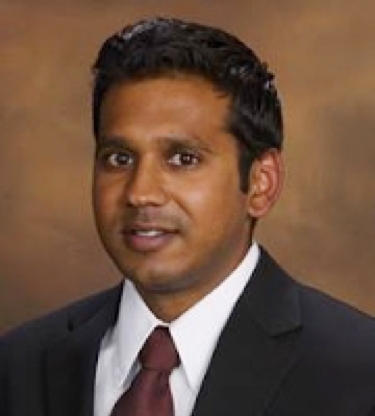
Date:
Location:
Speaker:
ABSTRACT:
Single-site heterogeneous catalysts contain active sites that behave uniformly because of their functional isolation and well-defined structures. They are discernable using quantitative measurements of catalytic behavior in the form of turnover rates, normalized per active site, that are independent of the spatial density or proximity of such sites. We explore this concept by interrogating chabazite (CHA) zeolites, which are nominally single-site materials given that their crystalline frameworks are comprised of symmetry-equivalent lattice sites. We discuss synthetic methods using mixtures of organic and inorganic structure-directing agents that influence the proximity of Al atoms in zeolite frameworks. We use these materials to show that the proximity of active sites influences catalysis, given a mechanism for sites and reactive intermediates to communicate. Consequences for Brønsted acid catalysis are probed using methanol conversion on H-form CHA zeolites, which is practiced industrially to produce chemical precursors (alkenes, aromatics) and transportation fuels (gasoline). Turnover rate enhancements at paired sites provide an example of catalytic communication between sites positioned at sub-nanometer (<0.4 nm) distances. Consequences for redox catalysis are probed using the selective catalytic reduction (SCR) of nitrogen oxides with ammonia on Cu-form CHA zeolites, which is a commercial pollution abatement technology in diesel emissions control. Homogeneous-like cationic copper complexes form in situ upon solvation by ammonia, and their ionic tethering to anionic framework Al centers confers localized mobility and enables communication across nanometer (1-2 nm) distances. This regulated mobility provides a mechanism for the dynamic and reversible formation of multinuclear complexes from mobilized single ions, a phenomenon that blurs conventional boundaries between heterogeneous and homogeneous catalysis.
BIO:
Raj Gounder is the Larry and Virginia Faith Assistant Professor of Chemical Engineering at Purdue University. He received his BS in Chemical Engineering with a double major in Chemistry at Wisconsin while researching with Jim Dumesic (2006), his PhD in Chemical Engineering from UC-Berkeley with Enrique Iglesia (2011), and a postdoctoral stay at Caltech with Mark Davis (2013). He leads a research group in heterogeneous catalysis that studies the kinetic and mechanistic details of catalytic reactions, the synthesis of zeolites and porous materials with tailored site and surface properties, and methods to characterize and titrate active sites in catalytic surfaces. His group studies the catalysis of energy and the environment, focusing on converting emerging carbon feedstocks to fuels and chemicals, and on automotive pollution abatement. His research has been recognized by the NSF CAREER Award, the Sloan Research Fellowship in Chemistry, and the 3M Non-Tenured Faculty Award. His teaching has been recognized by the AIChE 35 Under 35 Award, and the Shreve (undergraduate) and Wankat (graduate) Awards for Outstanding Teaching in Chemical Engineering at Purdue, and his mentoring by the Outstanding Mentoring Award of Chemical Engineering Graduate Students at Purdue.



